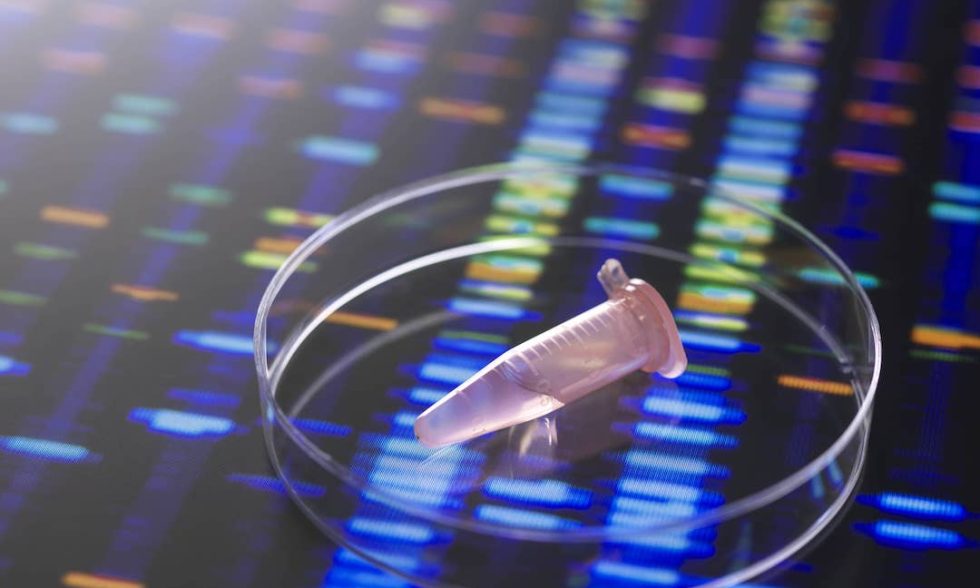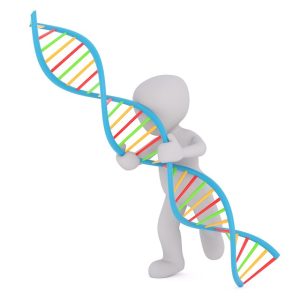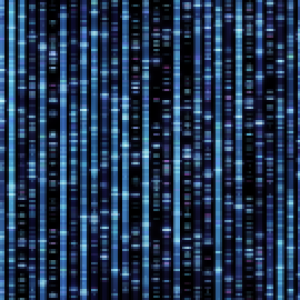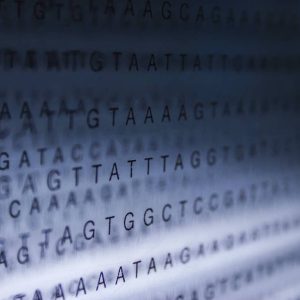

Whole exome and custom captures
In conjunction with the Center For Inherited Disease Research, we have developed an extensive, fully automated, production-scale pipeline for processing of both whole exome and custom capture samples. We offer several methods for target enrichment.
To discuss your project, please contact David Mohr, our high-throughput sequencing specialist.
Lower cost subsidized whole exome and custom targeted sequencing services are available through the NIH CIDR Program.
Pricing
| Price per Exome | Number of Samples |
|---|---|
| $950 | 1-23 |
| $600 | 24-47 |
| $500 | 48-127 |
| $450 | 128+ |

Sample Requirements
- 50-500 ng of high molecular weight DNA at 10 ng/μl
- DNA should be sent in 1xTE, pH8.0(1mM Tris, 1mM EDTA). Please avoid using water.
- DNA source: blood, cell line, or saliva. Other sources can be used with caveats.

Service Overview:
- DNA QC
- Sample pre-testing using a high-density SNP array
- Automated Library Prep
- Automated Capture
- Sequencing to a minimum completeness level of 90% coverage at 20X or greater
- Target enrichment report, including capture specificity and completeness
- Quality metrics, including mapping statistics, library fragment size, hybridization and selection metrics, mapping stats, GC bias, and basecall quality distributions
- Sensitivity/Specificity to SNP array dataConcordance with array data
- Annotated SNP/indel list for targeted regions (dbsnp, snp type, refseq genes, etc.)

Data Delivery:
Data will be returned via our high-speed aspera server. Our typical release includes the following:
- Annotated variant lists
- BAM alignment files
- QC report
- BED files for regions targeted
- Genotyping files
- Analysis Pipeline details
Data Quality
We are committed to providing the highest quality exome and custom capture data available. A team of dedicated scientists review every exome produced. Our current analysis team consists of at least 4 scientists, 3 laboratory managers, 3 statisticians, and 3 bioinformaticians.
We sequence to a completeness metric rather than mean depth as the former gives you a much better idea of how many positions are ‘callable’. Depth is a poor metric for assessing the quality of exome data. Capture efficiency, library duplication levels, and library complexity are a few examples of factors that can determine how well your exome is covered.
Data quality is monitored and evaluated using a robust alignment and variant calling workflow implemented via CIDRSeqSuite, our in-house pipeline.
Our pipeline is based on open source tools including bwa, Picard, and DRAGEN-GATK. We can provide detailed information upon request.



